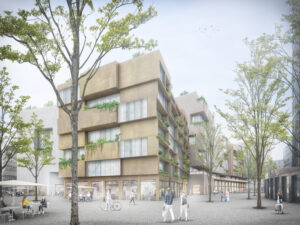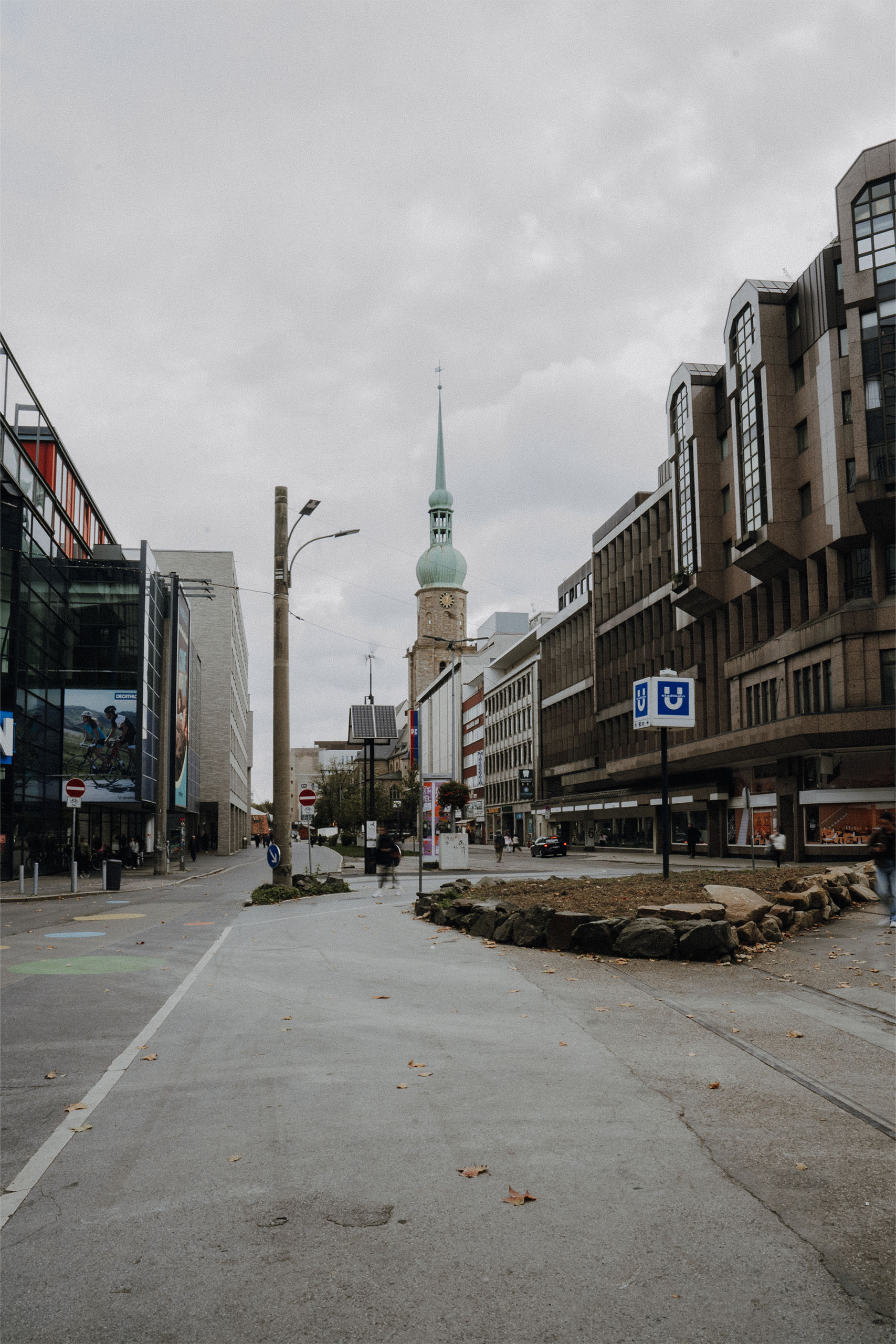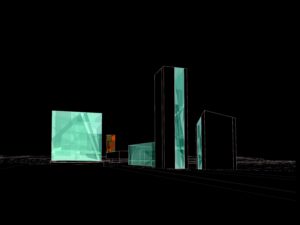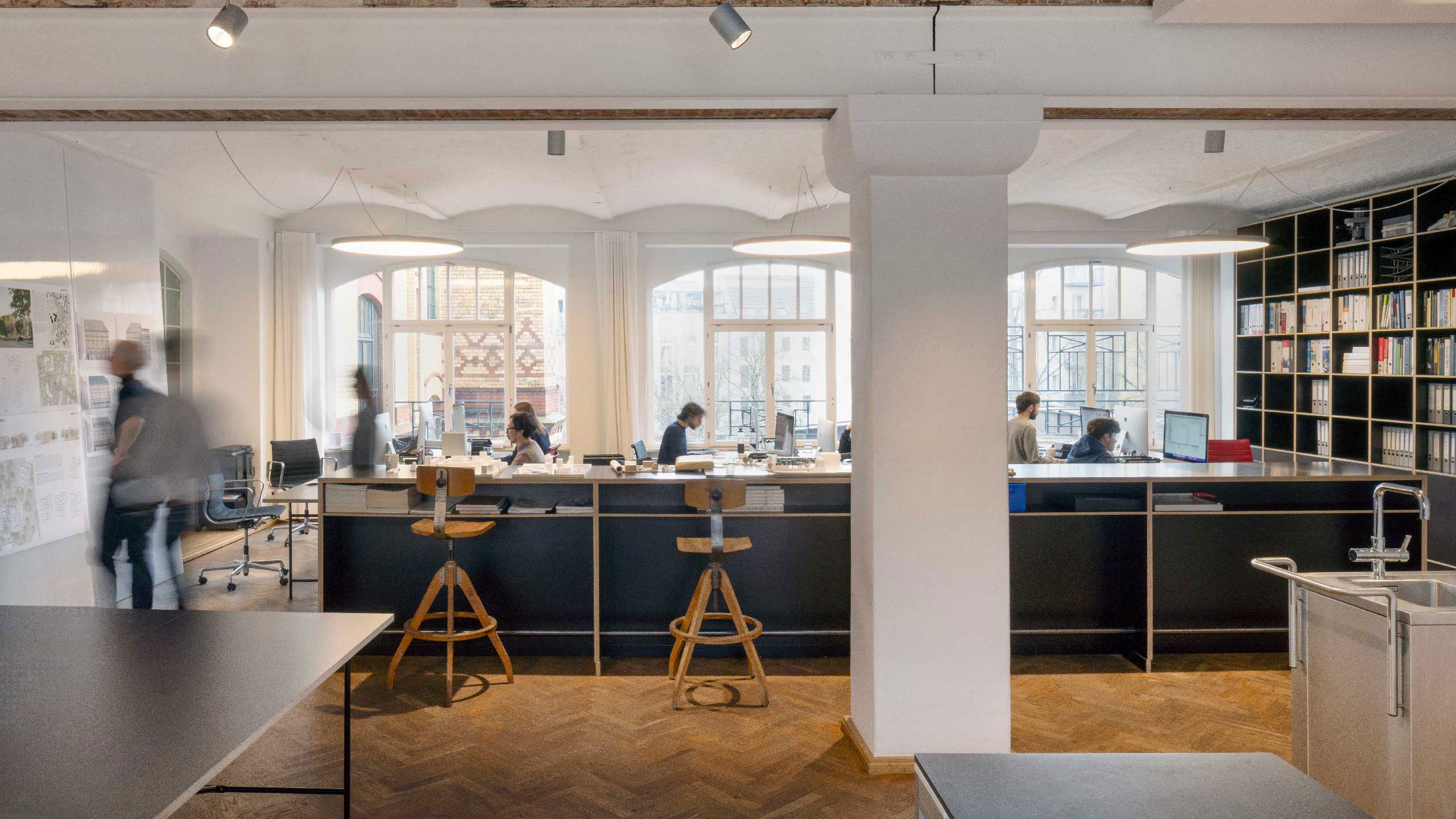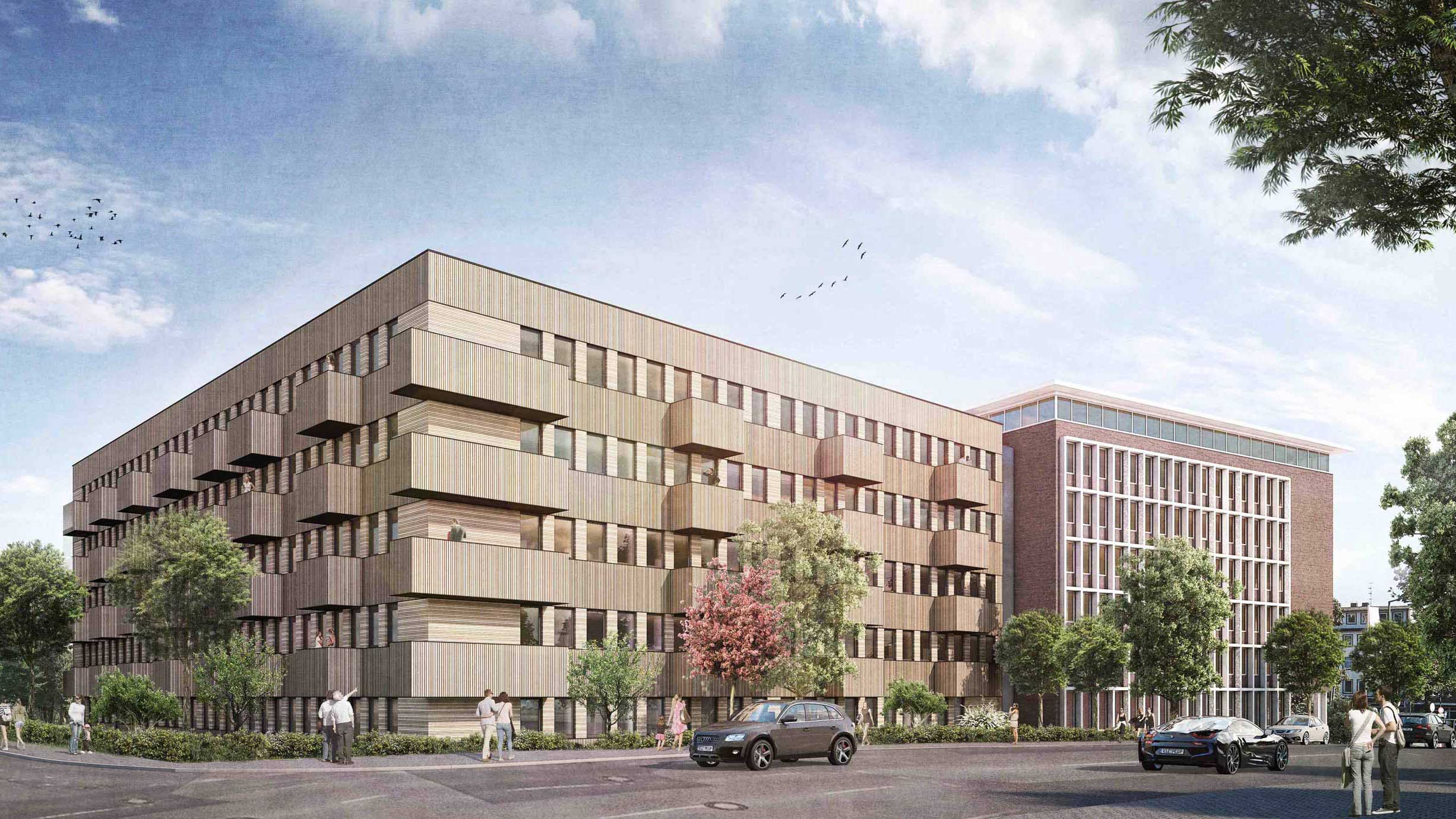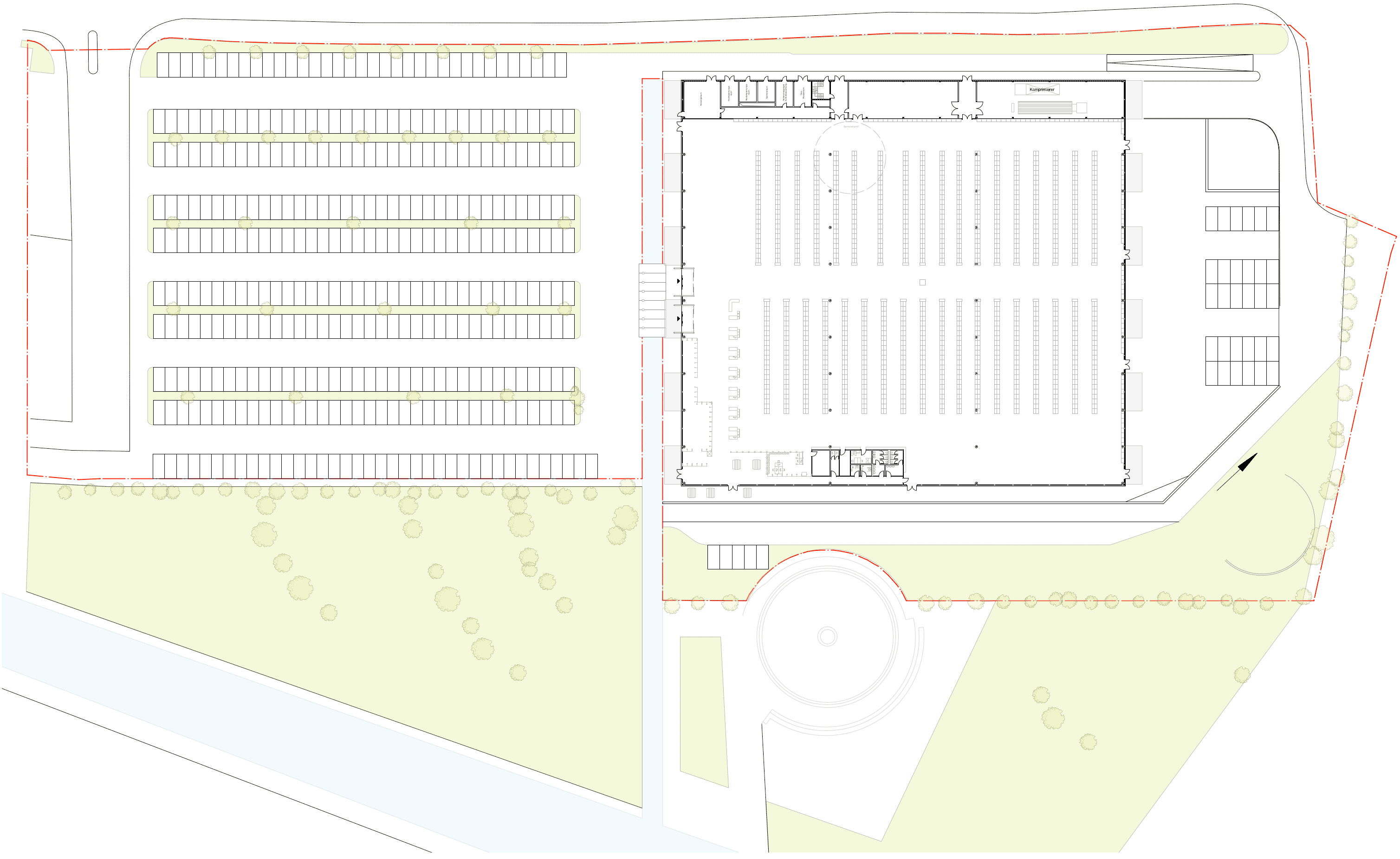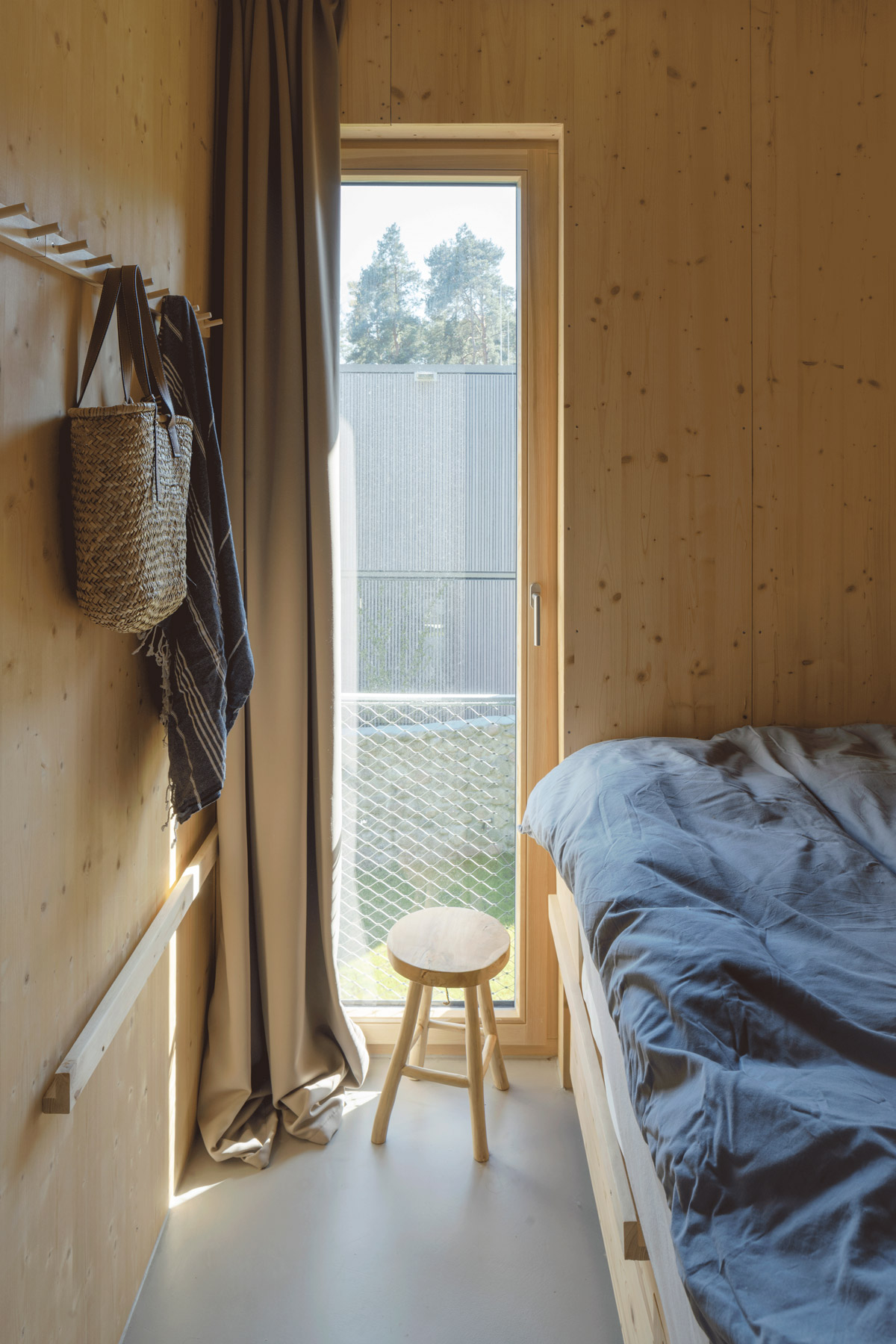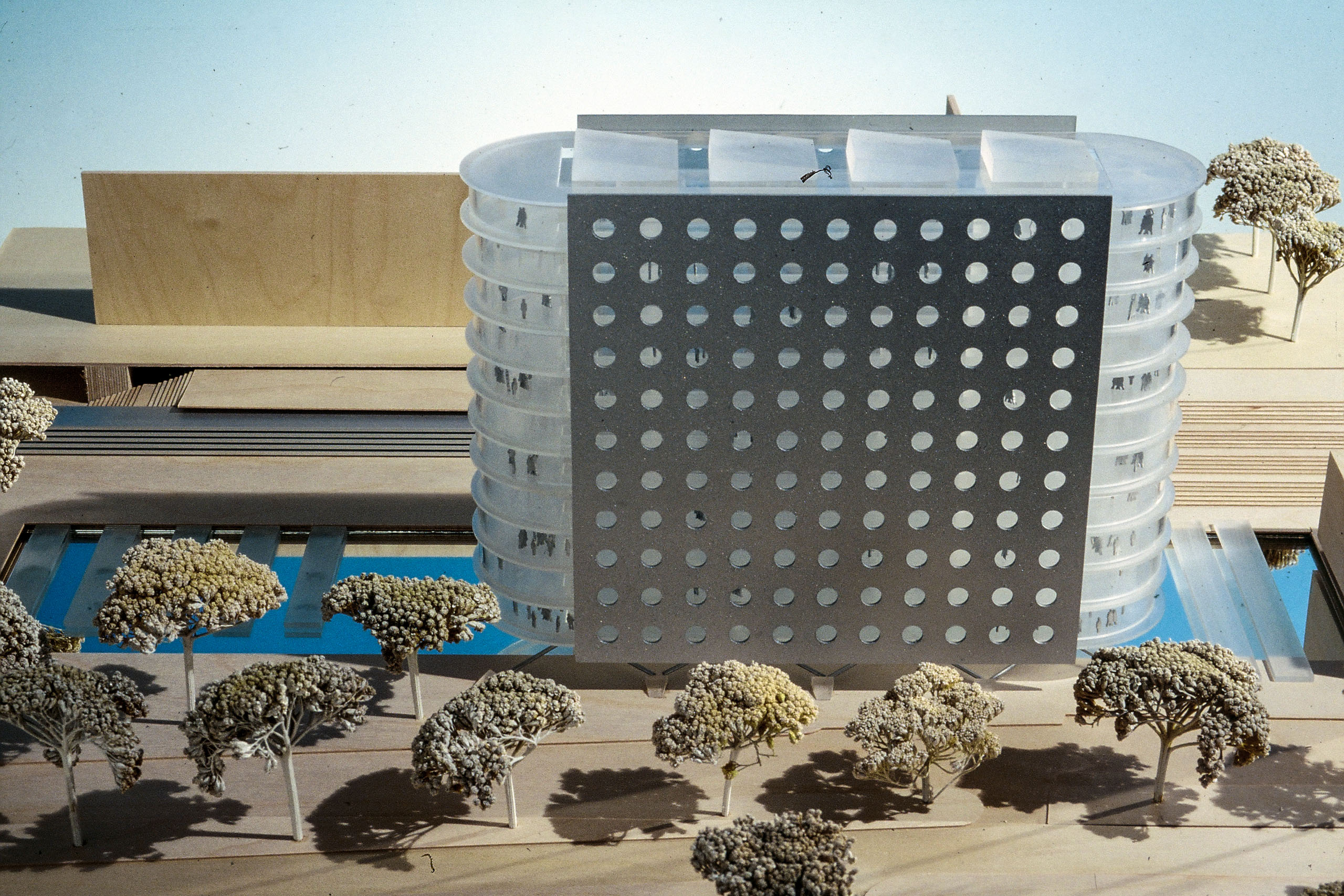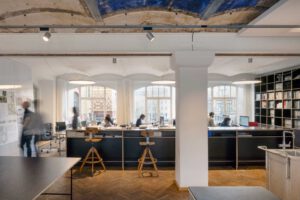
Urban Densification Study Nordhafenquartier
Berlin
The most urgent goal of the urban densification study for the Nordhafen quarter is to develop the site as part of a future living environment in the new Europacity. For us, Europaplatz is an urban campus - a meeting place for residents and everyone who works here.
In addition, the study discusses the overlapping of private and publicly accessible uses, in parts also within the building, as well as the possibilities of resource-saving measures for heating and cooling at this special location.
A new district emerges
The inner-city wasteland, which has so far been largely unused or only rudimentarily used, is set to become a lively district with a direct connection to Berlin's main railway station. Despite good connections to the transport network, the site must nevertheless be understood and thought of as an island, as it is separated from the surrounding districts by various spatial barriers. Extensive railway tracks prevent direct contact with Wedding, while the Spree Canal forms a natural border with Mitte. New bridge connections will counteract this peculiarity, but will not be able to eliminate it. This makes the new district's own urban identity all the more important. The newly created town square as the heart of the new quarter will become an address, the inner open spaces a private garden.
Construction and sustainability
The complexity and multitude of technical systems should be kept to a necessary minimum. To this end, the solid components are activated and circulated with cool night air so that the coolness stored at night naturally compensates for the internal heat loads that arise during the day. Earth ducts and - where possible - evaporative cooling from the Spree canal provide the necessary cold air. Circulation through the building is initiated by a “chimney” (stair tower), which is routed beyond the parapet edge of the building.




Data
Completion
2013
Address
Heidestraße
10557 Berlin
Germany
Client
CA Immo, Berlin






























